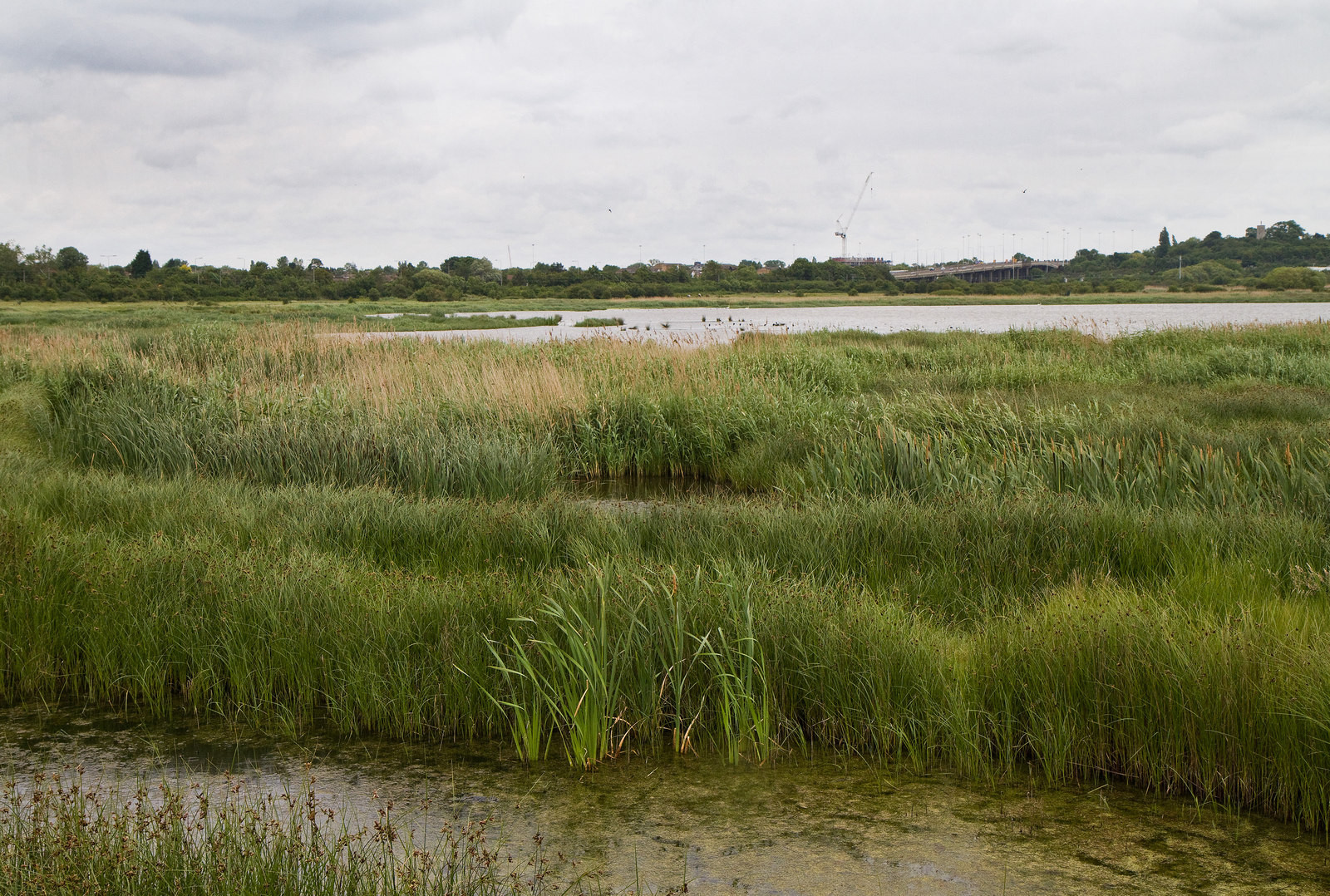Opis
RSPB Vange Marsh consists of a large freshwater lagoon, reedbed and saline lagoon with some grassland and scrub, The area hosts breeding szablodziób, sieweczka rzeczna, czajka and potrzos. While świstun, cyraneczka and Płaskonos are regular visitors in the winter. Vange Marsh is a quite hidden place, with lots of birds, insects and if you are lucky you can see rabbits. Among the other birds that can be spotted in the area are kukułka, wąsatka, rokitniczka, trzcinniczek (zwyczajny), wierzbówka zwyczajna, mysikrólik, piegża, cierniówka, Pliszka brytyjska, błotniak stawowy, skowronek and ostrygojad.
Szczegóły
Dostęp
RSPB Vange Marsh is located south of the town of Basildon. Turn off the A13 at the Pitsea Junction and follow signs for Wat Tyler Country Park. Travel down Pitsea Hall Lane straight over the mini roundabout and then across the railway bridge. Park your car in the Pitsea railway station's Pay and Display car park just before the level crossing on the left. Click on the P in the map for directions to the parking. Follow the footpath opposite Pitsea station for 0.6 km (0.4 miles), cross the un-manned, gated railway crossing into the reserve.
Saline lagoon trail: From the kissing gate follow the 0.4 km (0.24 miles) track to the viewing screen overlooking the saline lagoon, passing the reedbed on one side and freshwater lagoon on the other.
Freshwater lagoon trail: Continuing straight on from the kissing gate, the 0.9 km (0.55 miles) path follows the north western shore of the freshwater lagoon and ends on a raised bank at its western end.
Teren i siedlisko
Łąka , Tereny podmokłe , Równina , Rzadkie drzewa i krzewy , Trzcinowiska , Błota , StawWarunki
Płaski , Otwarty krajobraz , BagiennyTrasa dookoła
NieCzy luneta będzie przydatna ?
TakUdany sezon obserwacyjny
Przez cały rokNajlepszy czas na wizytę
Wiosna , Jesienne migracje , Wiosenne migracjeTrasa
Droga nieutwardzonaPoziom trudności szlaku pieszego
ŁatwyDostępne
PieszoCzatownia/platforma obserwacyjna
NieDodatkowe informacje
This site can be extremely muddy in areas, especially during Autumn and Winter making the ground very wet and slippery.



